Comments
cf. Vogel, Nicole, Optimales Training im Gardetanz, Script & CD-Rom, September 2012.
E.g. Reps, Anja, Tanzsportspezifische Akrobatik, 2008.
Cf. Huch, Renate, Mensch Krper Krankheit, Anatomie, Physiologie, Krankheitsbilder, 2007, p. 133.
Cf. Knebel, Karl-Peter, Muskelcoaching: Top in Form mit Stretching, 2005, p. 168 et seqq.
Knebel, Karl-Peter, Muskelcoaching: Top in Form mit Stretching, 2005, p. 172.
Albrecht/Meyer/Zahner, Stretching: das Expertenhandbuch, Grundlagen fr Trainer und Sportler, 1999, p. 55.
Cf. Spring, Hans, Dehn- und Krftigungsgymnastik: Stretching und dynamische Krftigungsgymnastik, 2001, p. 51.
Cf. Weineck, Jrgen, Sportanatomie, 2009, p. 205.
Cf. Weineck, Jrgen, Sportanatomie, 2009, p. 205.
Cf. Weineck, Jrgen, Sportanatomie, 2009, p. 201.
Cf. Knebel, Karl-Peter, Muskelcoaching: Top in Form mit Stretching, 2005, p. 156.
Cf. Spring, Hans, Dehn- und Krftigungsgymnastik: Stretching und dynamische Krftigungsgymnastik, 2001, p. 51.
Cf. Huch, Renate, Mensch Krper Krankheit, Anatomie, Physiologie, Krankheitsbilder, 2007, p. 132.
Cf. Weineck, Jrgen, Sportanatomie, 2009, p. 207.
Knebel, Karl-Peter, Muskelcoaching: Top in Form mit Stretching, 2005, p. 157.
Cf. Huch, Renate, Mensch Krper Krankheit, Anatomie, Physiologie, Krankheitsbilder, 2007, p. 133.
Cf. Spring, Hans, Dehn- und Krftigungsgymnastik: Stretching und dynamische Krftigungsgymnastik, 2001, p. 56.
Cf. Albrecht/Meyer/Zahner, Stretching: das Expertenhandbuch, Grundlagen fr Trainer und Sportler, 1999, p. 71.
Also called Range of Motion (ROM).
.
Knebel, Karl-Peter, Muskelcoaching: Top in Form mit Stretching, 2005 recommends that these kinds of exercises are performed as infrequently as possible.
The medical term for this is dorsal extension. It can also be called dorsal flexion if you are doing it with a hand or foot. Flexion is a term that is today frequently used in gymnastics, so we will be using it throughout the book.
Cf. Kozak, Guido, Karnevalistischer Tanzsport, 2005, p. 84 quoting Boeckhausen-Behrens/Buskies, 1995.
Cf. Walker, Brad, Anatomie des Stretchings. Mit der richtigen Dehnung zu mehr Beweglichkeit, 2009.
Cf. STEMPER et. Al 2003, 129 et. seq., quoting Kozak, Guido, Karnevalistischer Tanzsport, 2005, p. 85.
The author
Petra Lahnstein M.A.

As trainer and lecturer at the ADM Academy in Munich she educates editors and journalists who work at publishing companies. Her seminar and workshop themes include Generating sales with good texts, Online editing, I can be better than my rivals.
Her weekly column Zwischenruf reaches 140,000 readers of the Lahn-Post and Westerwald-Post newspapers.
Since the age of twelve Petra Lahnstein has been involved in dancing.
Her favourite disciplines are majorette and show dancing, standard and Latin, salsa and zumba. She worked for many years as a majorette and show dance trainer, which is one of the reasons why she is so committed to professional basic and advanced training for children and adolescents.
The pratical guide Learning the Splits is designed according to Petras motto of Simple, clear and easy to understand.
www.petra-lahnstein.de
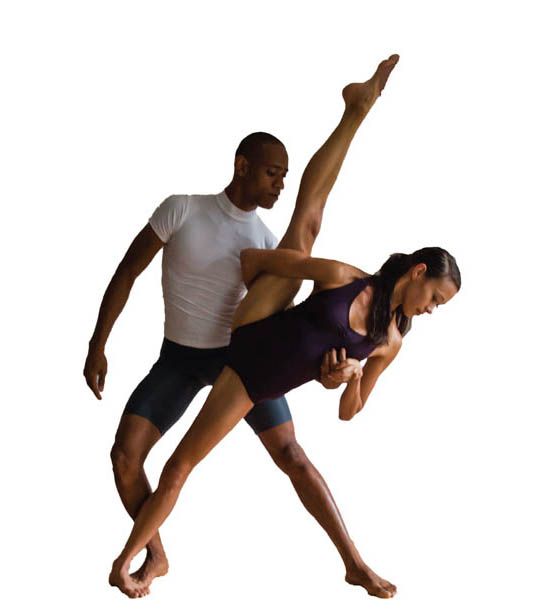
Photo credits
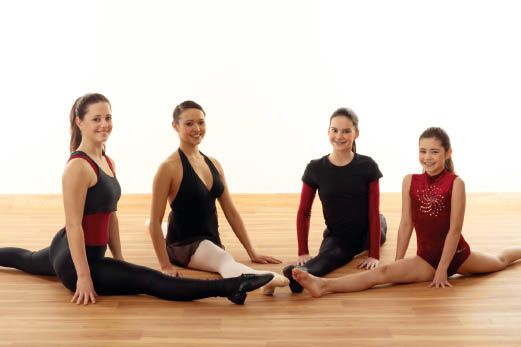
Fotostudio Highlight | www.highlight-fotostudio.de , Bianca Richter All studio photos and portraits. |
Rudi Brand | Turntalentschule Grnstadt, Practical Tips |
kwikit | Proper stretching |
The book team
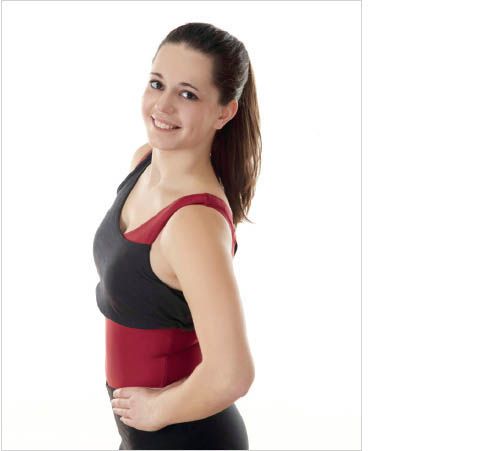
Vanessa
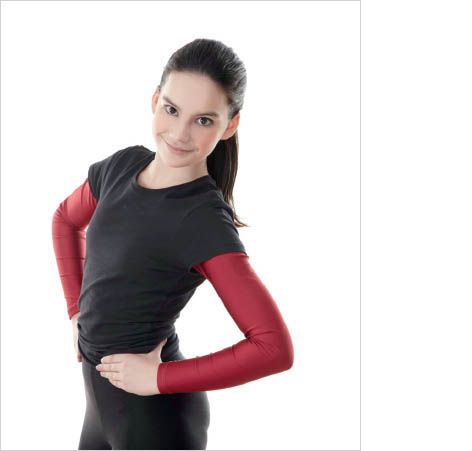
Aline
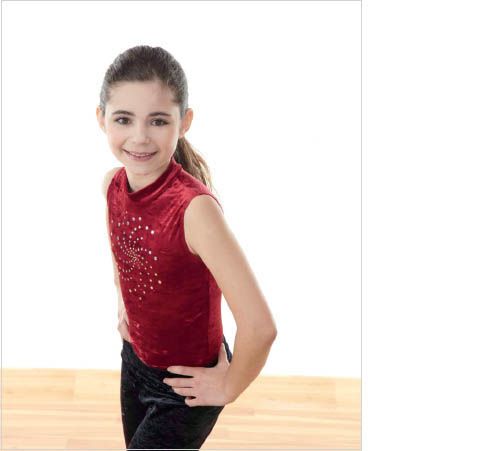
Lena
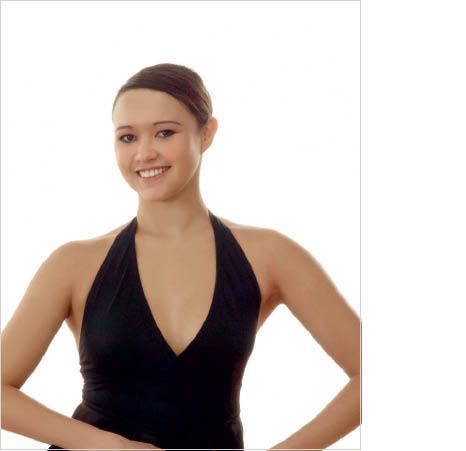
Cathrin

I. The splits and variations of the splits
Although the splits are an intrinsic aspect of dancing and many other sports disciplines, very little literature is available about them. They are often presented as a stretching exercise, but without the stretching exercises that are necessary to prepare for the splits.
1.1 The split
The term splits or split in this book refers to the version with both legs are stretched out on the floor - one in front and one out to the back.
This type of split is often referred to as the front split. In this book, we simply call it the split.

Execution
Both legs are stretched flat on the floor when doing the split.
The front and back leg form a straight line.
The hips and pelvis face straight forwards following the line of the upper body.
The left and right hip bones face straight forwards.
The knee of the leg stretched out behind is facing down.
The front leg is extended at the knee and ankle joints (kneecap facing up).
The instep of the foot behind you is on the floor.
The instep of the front foot is facing up.
Toes are pointed on both feet.
The upper body is straight.
The line of vision is straight ahead.
If the right leg is in front, it is called a right leg split  , and if the left leg is in front it is called a left leg split
, and if the left leg is in front it is called a left leg split  .
.

Remember
Dont allow any lateral movement in the hip.
The back leg shouldnt be pointing out to the side because that would laterally overstretch the knee.
Keep the back straight and dont allow it to hollow.
Dont sit on just one buttock.
Backwards back bends should only be performed by professionals under the supervision of an expert.
1.2 The side split
Terms
The side split is often called the straddle split or center split. However, since the legs are stretched out to the sides, this book simply calls it the side split.
Execution
Both legs stretched out sideways.
The foot-hip-foot line is 180 degrees.
Both hip bones are facing to the front with the pelvis tipped forward.
The instep is extended.
Both knees are facing up.

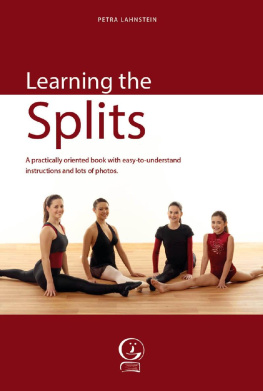


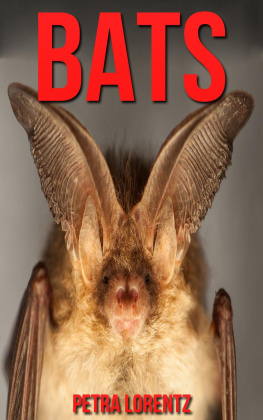


















 , and if the left leg is in front it is called a left leg split
, and if the left leg is in front it is called a left leg split  .
.